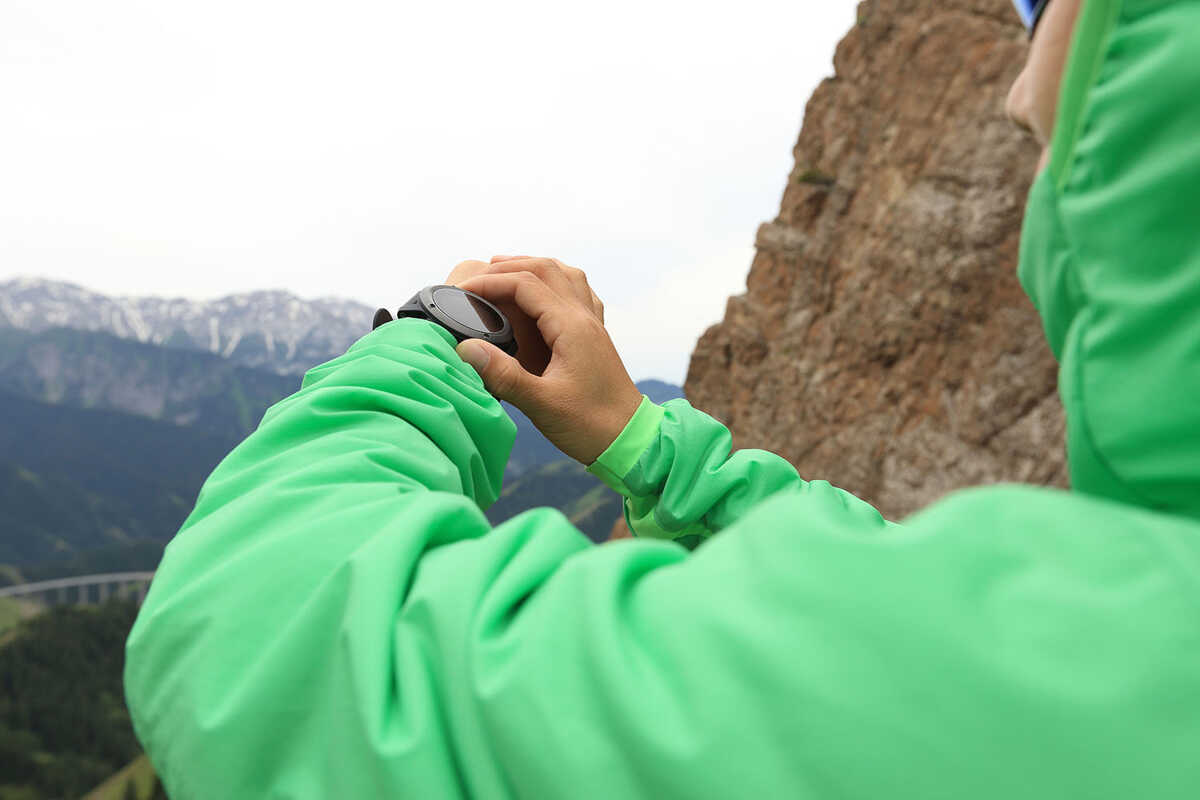The 6FT can be walked at any time of the year, though high summer of mid-winter are best to be avoided. It all depends on your level of experience and motivation for walking the track.
Summer: Particularly January and February can be very hot and dry on track. There is significant fire danger risks through summer and it is best to avoid walking in bushland on days of Total Fire Ban. If walking during summer or any warm period you will need to carry extra water and keep alert to fire conditions. Best to start early and rest during the heat of the day.
Autumn & Spring: The shoulder seasons are a great time to walk, the days are long still but normally not too hot or cold. Spring will present more wildflowers. Autumn is typically a bit warmer than Spring.
Winter: Expect night time temperatures to drop below zero - day time temperatures can also drop below zero. This leads to icy conditions and means walkers will require extra warm clothing. Ensure all their gear including tent, sleeping bag and stoves are suitable for use in sub-zero temperatures.
Always check and heed the weather forecast before setting off on your walk.
Don’t feel the need to rush and just get the track ‘done’. The preparation for the journey can add to the whole experience. Give yourself enough time to build your fitness, prepare your meals, test out your gear and get experience walking in different conditions.
If you have not done many overnight walks before, give yourself time to get out and walk, test out you pack, boots and other gear. If you are not an experienced walker, you will probably want 6 months to build up the fitness, equipment and experience.
You will also need to think through saving the money you will need for the track, gear, supplies, travel and accommodation. There are other boring practical things like working out holiday leave and when your friends are keen to walk.
